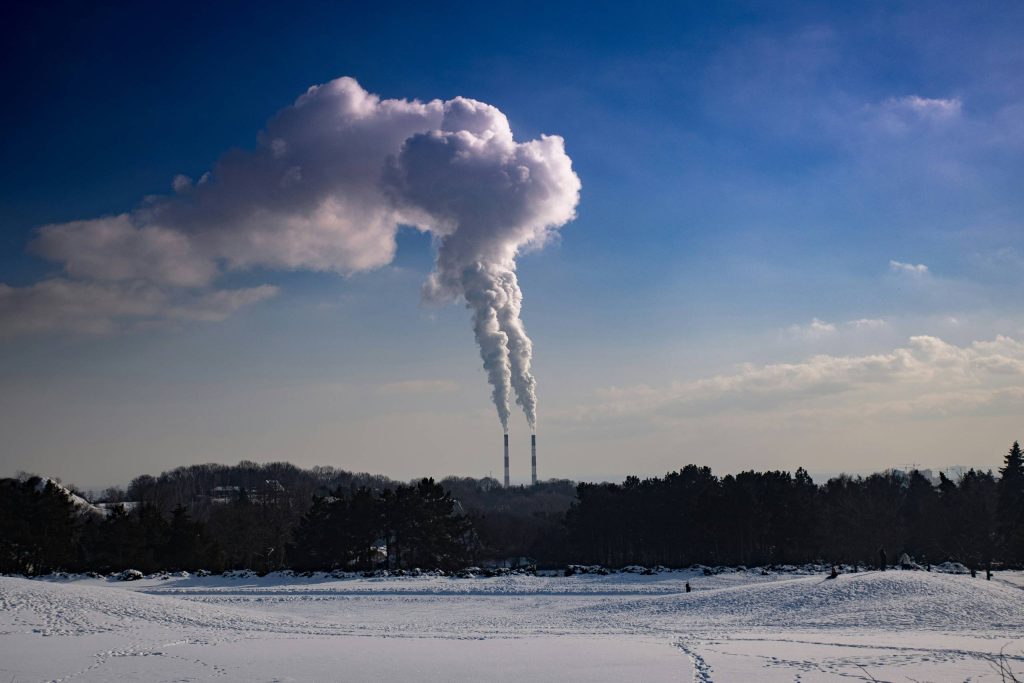Scaling Carbon Removal is Key to Meeting Climate Targets
3 min read
This article is included in these additional categories:
To align with the 1.5°C temperature target set by the Paris Agreement, the world must significantly ramp up Carbon Dioxide Removal (CDR) efforts. The 2024 State of Carbon Dioxide Removal report, spearheaded by the University of Oxford’s Smith School of Enterprise and the Environment, underscores that approximately 7–9 billion tonnes of CO2 need to be sustainably removed from the atmosphere annually by mid-century. As we advance these technologies, however, it is crucial to remain vigilant about their potential misuse and the ongoing expansion of fossil fuel production, which could undermine these efforts.
Emissions Reduction and the Role of CDR
While the report emphasizes that reducing emissions remains the cornerstone of achieving net-zero targets, it also highlights the indispensable role of CDR in mitigating climate change. This dual approach is essential as current fossil fuel production trends continue to rise, even after the commitments made under the Paris Agreement. The report integrates sustainability criteria aligned with multiple Sustainable Development Goals (SDGs), informing its determination of a “Paris-consistent” range for CDR.
Current Status of Carbon Dioxide Removal Efforts
At present, global CDR efforts are removing about 2 billion tonnes of CO2 annually, primarily through conventional methods such as afforestation and reforestation. Innovative CDR technologies like biochar, enhanced rock weathering, direct air carbon capture and storage (DACCS), and bioenergy with carbon capture and storage (BECCS) are still in nascent stages. Together, these novel methods account for a mere 1.3 million tonnes of CO2 removal per year, representing less than 0.1% of the current total. Permanent CDR solutions contribute even less, with only 0.6 million tonnes per year, amounting to less than 0.05% of the total.
Despite these advancements, the report warns that the continued scaling up of fossil fuel production could counteract the benefits of these efforts. Since the Paris Agreement was signed, many fossil fuel companies have not only maintained but often increased their production capacities, which directly conflicts with the global goals of reducing CO2 emissions.
Need for Diverse and Scaled-Up CDR Methods
To meet the Paris Agreement targets, a diverse array of CDR methods must be rapidly scaled up. The report notes a significant expansion in CDR research, public interest, and the number of start-ups in the field. However, this growth is showing signs of deceleration across various indicators. Despite an increase in investment directed toward novel CDR methods, government policies and proposals to scale up CDR remain limited. Investment in CDR accounts for just 1.1% of the total funding for climate-tech start-ups.
Ambitions vs. Reality in CDR Development
CDR companies are setting high ambitions for their technologies, aiming to scale up CDR operations to levels necessary to meet global climate targets, but there is a gap between these ambitions and the current reality. This highlights a need for more robust and supportive policy frameworks to achieve credible and sustainable CDR deployment at the required scale.
To bridge this gap, stronger policy support and increased investment in a broad spectrum of CDR technologies are crucial. Achieving the scale of CDR necessary to meet the Paris Agreement goals will depend on coordinated efforts across the public and private sectors, alongside significant advancements in CDR technology and deployment strategies.
With the valid and growing concern that CDR technologies might give corporations an excuse to delay meaningful emissions reductions, however, it is imperative that newer technologies complement rather than replace immediate and aggressive emission reduction efforts.





